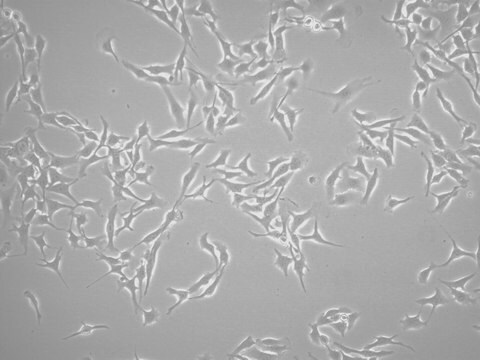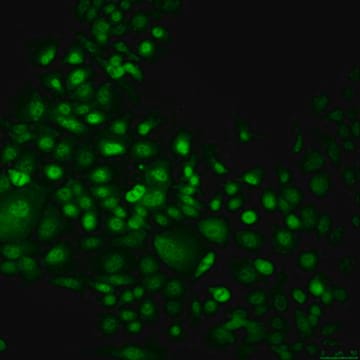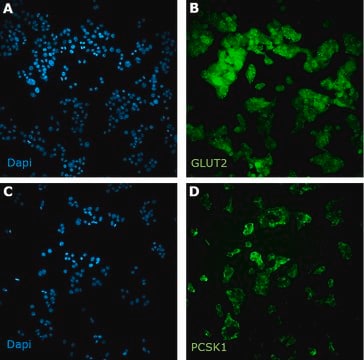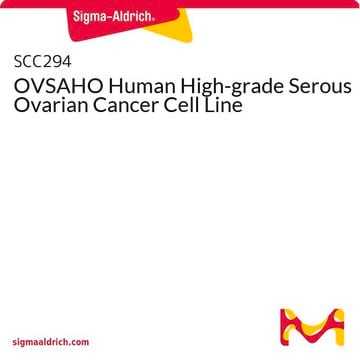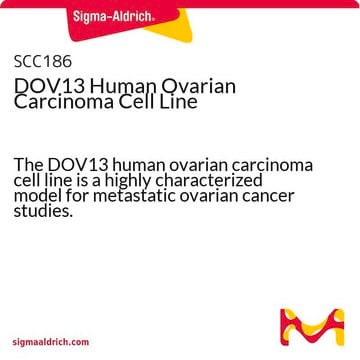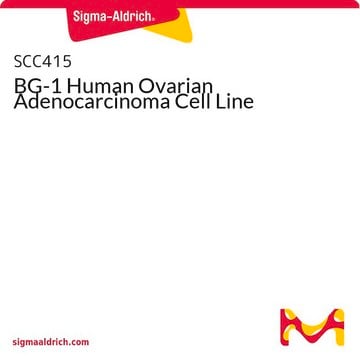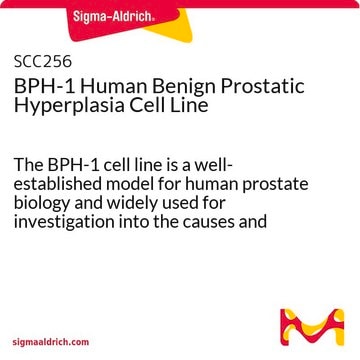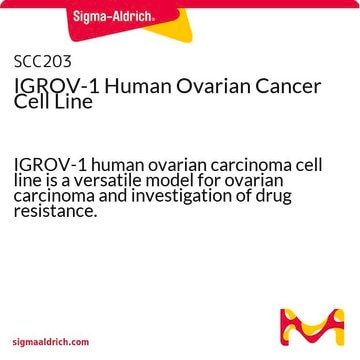SCC463
sBT-RMS Spontaneous Brain-tropic RET Melanoma-sorted Mouse Cell Line
Mouse
Sinônimo(s):
Q61R NRAS melanoma cell line, SK-MEL-147, human melanoma cell line, human melanoma cells, metastatic melanoma cell line
About This Item
Produtos recomendados
product name
sBT-RMS Spontaneous Brain-tropic RET Melanoma-sorted Mouse Cell Line,
fonte biológica
mouse
Nível de qualidade
embalagem
vial of ≥1X10⁶ vial
fabricante/nome comercial
Millipore
técnica(s)
cell culture | mammalian: suitable
Condições de expedição
liquid nitrogen
temperatura de armazenamento
−196°C
Descrição geral
Aplicação
- Each vial contains >1X106 viable cells.
- sBT-RMS cells are verified to be of mouse origin and negative for human, rat, Chinese hamster, Golden Syrian hamster, and non-human primate interspecies contamination, as assessed by a Contamination Clear panel by Charles River Animal Diagnostic Services
- Cells tested negative for infectious diseases against a Mouse Essential CLEAR panel by Charles River Animal Diagnostic Services.
- Cells tested negative for mycoplasma.
Características e benefícios
Descrição-alvo
Armazenamento e estabilidade
Outras notas
Exoneração de responsabilidade
Código de classe de armazenamento
12 - Non Combustible Liquids
Classe de risco de água (WGK)
WGK 3
Ponto de fulgor (°F)
Not applicable
Ponto de fulgor (°C)
Not applicable
Certificados de análise (COA)
Busque Certificados de análise (COA) digitando o Número do Lote do produto. Os números de lote e remessa podem ser encontrados no rótulo de um produto após a palavra “Lot” ou “Batch”.
Já possui este produto?
Encontre a documentação dos produtos que você adquiriu recentemente na biblioteca de documentos.
Nossa equipe de cientistas tem experiência em todas as áreas de pesquisa, incluindo Life Sciences, ciência de materiais, síntese química, cromatografia, química analítica e muitas outras.
Entre em contato com a assistência técnica